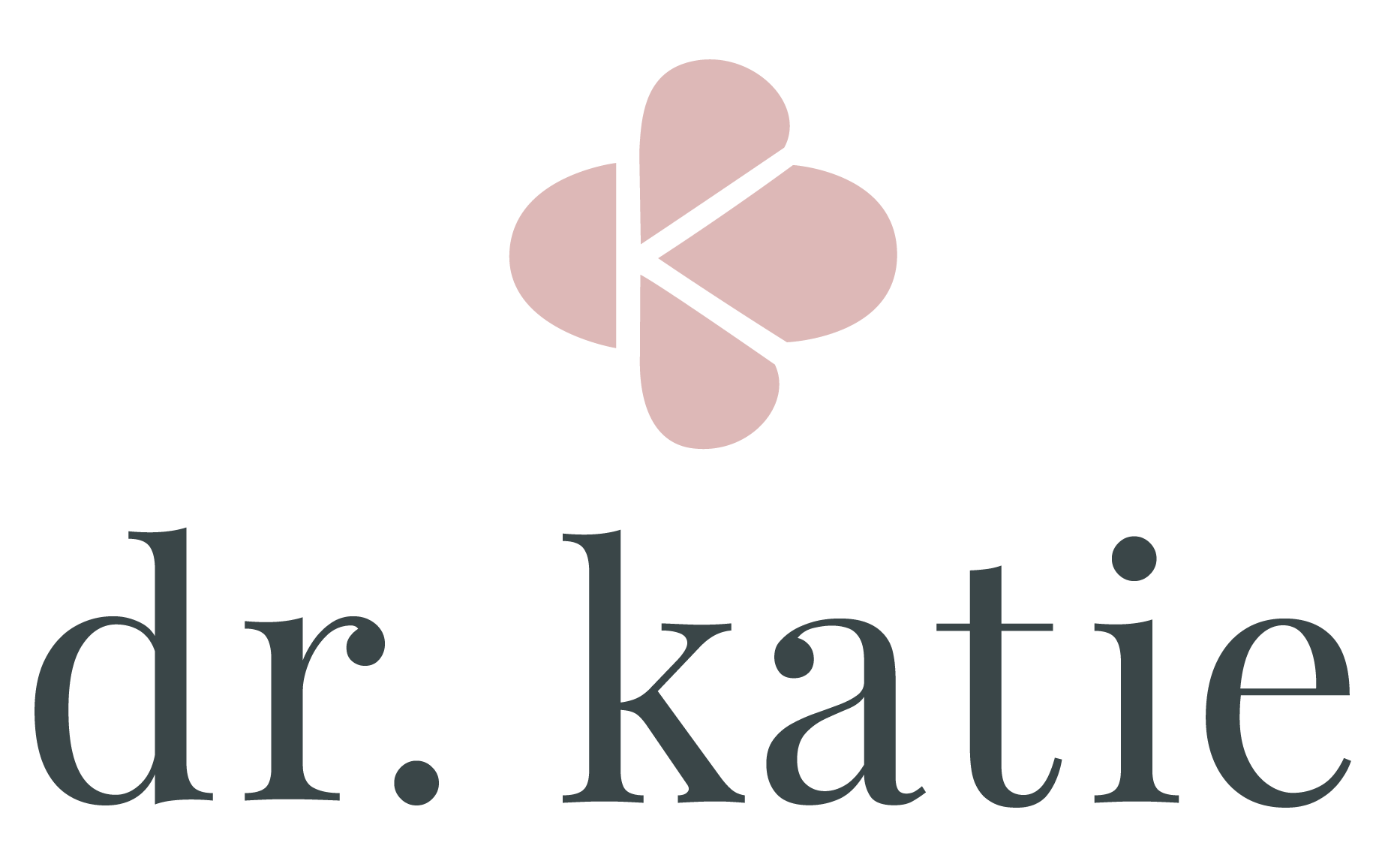Healthy Fat
Healthy fat at each meal is the key to satiety. I try to have 30% or more of my calories each day from plant-based fats like olive oil, raw nuts, raw seeds, avocados and (my favorite!) extra dark chocolate. Since fat in our diets is more dense than carbohydrates or protein, that 30% shows up on the plate looking smaller than our proportion of vegetables, whole grains or protein. In my graph above, this equates to about 15% of volume on your dinner plate. Most of our fat should be monounsaturated, but there is evidence to include plant-based saturated fats and medium chain triglycerides like coconut oil.
One easy way to incorporate more healthy fat into your diet is to roast your vegetables with extra virgin olive oil (EVOO). I grew up in the 1990s when low-fat was all the rage, and my mom loved to use a steamer.
These days, I roast or dress almost all of my vegetables with EVOO. This method is so much more delicious!
Extra dark chocolate is generally at least 85% cacao and is rich in saturated fat, a key component in our diet. We use saturated fat for building cell membranes and other important lipid functions. The saturated fat in dark chocolate, however, is made mostly of stearic acid. Stearic acid, unlike the saturated fatty acids found in animal proteins, is very anti-inflammatory. I eat some extra dark chocolate almost every single day and definitely have it in my bag when traveling since it’s the perfect snack.
Whole Grains
Let’s also discuss whole grains. This is a confusing topic for many people because it seems like EVERYTHING at the grocery is labeled “whole grain.” Whole grains include grains like brown rice, quinoa, farro, amaranth, millet, and steel cut oats. These grains come from the ground and appear on our plate in pretty much the same form; they haven’t been processed into anything else. When we eat whole grains, we preserve the intrinsic fat and fiber to help make the release of sugar in our bodies slow and steady, having a more positive effect on our blood sugar than processed grains, which become sugar almost instantaneously. In your body, there’s almost no difference between eating a spoonful of sugar and a highly processed grain like pasta, crackers, chips or bread. So consider those starches like treats and make them less prominent in your diet.
A note on gluten here: gluten is not inherently evil. Unless you have an allergy to gluten (called Celiac Disease) or a strong sensitivity to gluten, you can certainly enjoy it. I would definitely recommend regular consumption of glutenous grains like barley or farro on a regular basis. However, processed foods containing gluten, like crackers or pasta, are not good for anyone because sugar is not good for anyone.
Likewise, just because a product is gluten-free does not mean it’s healthy. Pasta is unhealthy regardless of whether it’s lentil pasta, brown rice pasta or whole wheat pasta. The same is true for crackers or any other processed product. It doesn’t matter if your crackers are made from chickpeas or any other healthy food. Once a whole food is processed into something that doesn’t exist in Nature, it’s by definition unhealthy. It’s a treat in the diet and should be consumed as such. If your great-great-grandmother wouldn’t recognize it, then you shouldn’t eat it very often.












